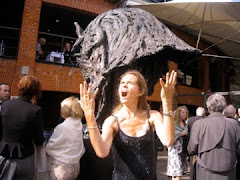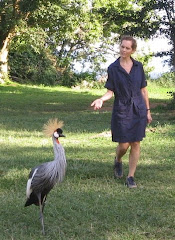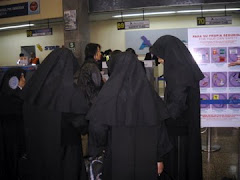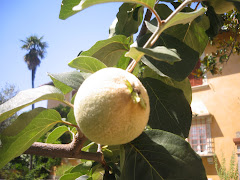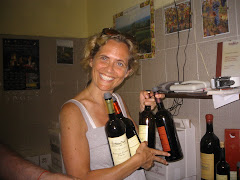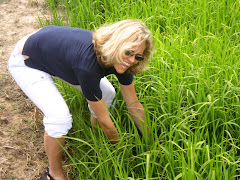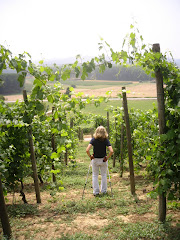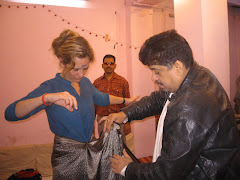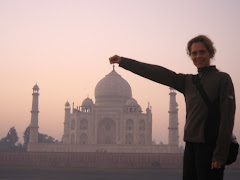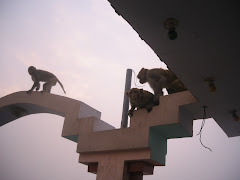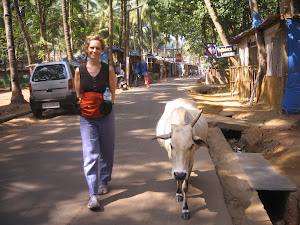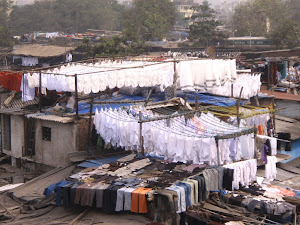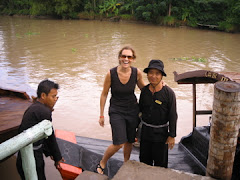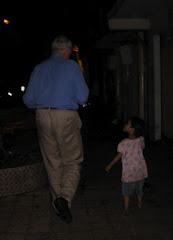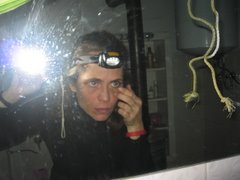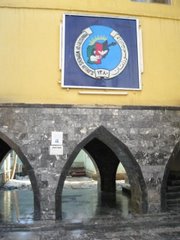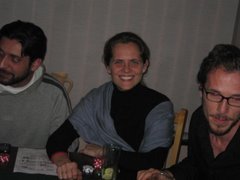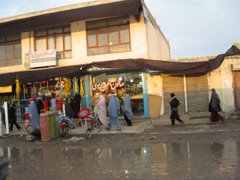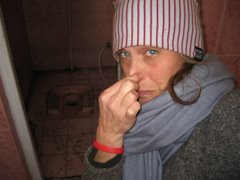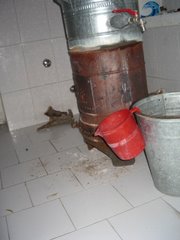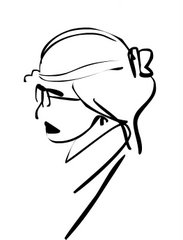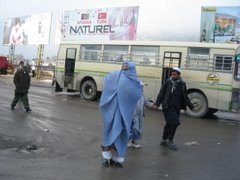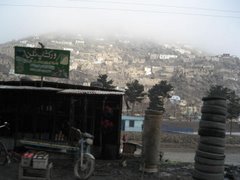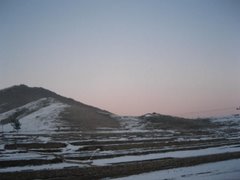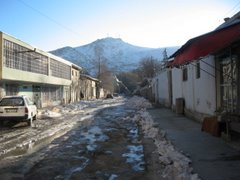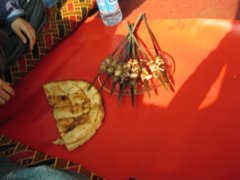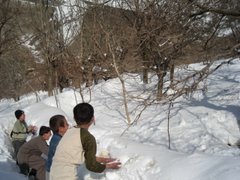




I admit that after living in Afghanistan, the idea of roughing it in the wilds of Africa slightly concerned me. After all, I had promised myself at least a 5 year reprieve of sleeping in a sleeping bag and using ad hoc toilets. Then I got to Ishasha Wilderness Camp. The area of Ishasha is known for tree lions which are really just regular lions who like to climb trees. Most lions do it, but this area has the best trees (acacia and fig) for the lions to rest in.
The camp has nine tents and can handle between 20-25 people. The only rule is once the sun sets and it is dark, you need to be walked back to your tent with an armed guard and stay in your tent until daybreak. It is the price you pay for sleeping in the wild. This said, the staff wakes you in the morning with free brewed coffee (tent-service) and the caretakers of the camp (a lovely Rhodesian/Zimbabwean couple named Dave and Karen) made the most delicious walnut cookies I have ever tasted. You have to use bottled water for everything and the idea of internet is laughable. Although, as an aside, a few months ago, Microsoft co-founder Paul Allen stayed here with his posse (they arrived via helicopters), and for the two days they spent here, they wired most of this tiny portion of Uganda. Their helicopters also scared off the elephants for nearly two weeks after their departure. As for the accommodations, I will let the pictures speak for themselves (needless to say, I would do more camping if more camping where like this).
Plus, it's Africa, so it was too hot to need a sleeping bag.











